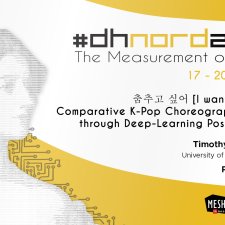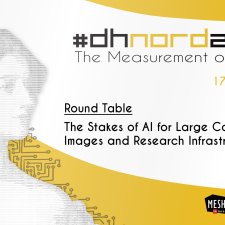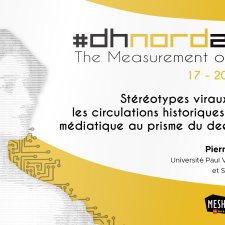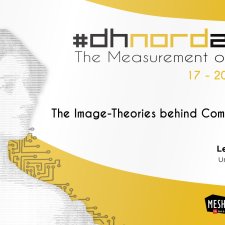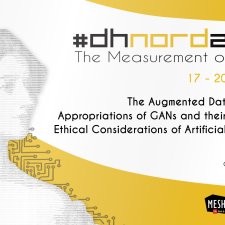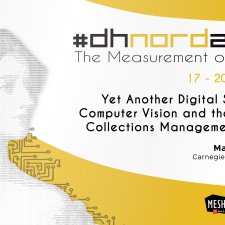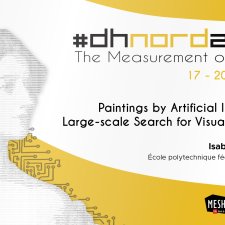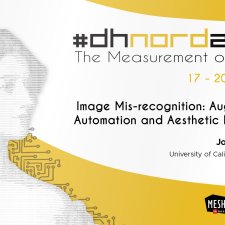Notice
ImageGraph: A Visual Programming Language for the Visual Digital Humanities
- document 1 document 2 document 3
- niveau 1 niveau 2 niveau 3
Descriptif
One of the greatest barriers to entry in the developed use of machine learning and computer vision by humanities scholars is the extensive technical skill required to program in computer vision frameworks (e.g. Tensorflow, pyTorch, Caffe); which can be challenging even for skilled data scientists and Python programmers. The recent move towards "drag-and-drop" interfaces for computer vision (e.g. the freemium application RunwayML) goes some way to increasing the accessibility of pretrained networks; but such interfaces generally do not allow users to train new models for their own research, or to manipulate and combine different models in sophisticated pipelines.
Taking inspiration from the sophisticated visual graph-based toolsets of contemporary music (e.g. PureData), ImageGraph is an open-source Visual Programming Language that tries to make computer vision (and other forms of machine learning) more accessible. Users write a computer program through a drag-and-drop graphical interface. This computer program is then compiled into Python and Tensorflow, uploaded automatically to GitHub (including with version control), and run on the Cloud in Google Colab. ImageGraph thus lowers the barriers to the use of computer vision and machine learning in terms of both technical ability and hardware requirements; and extensions for natural language processing and general data science are in active development.
Leonardo Impett (University of Durham)
Thème
Dans la même collection
-
From One Image to Another: Circulations, Transmissions, and Intervals
Table ronde de la 1ère journée du colloque DHNord 2020
-
"I Want to Dance": Comparative K-Pop Choreography Analysis Through Deep-Learning Pose Estimation
3e intervention de la 2e session du colloque DHNord 2020
-
The Stakes of AI for Large Collections of Images and Research Infrastructures
Table ronde de la 4e journée de DHNord 2020
-
Stéréotypes viraux : analyser les circulations historiques de l'image médiatique au prisme du deep …
LanglaisPierre-Carl3e intervention de la 1ère session du colloque DHNord 2020
-
The Image-Theories behind Computer Vision
1ère intervention de la 3e session du colloque DHNord 2020
-
Transfer Learning and Visualization of Neural Networks for Artistic Images
1ère intervention de la 2e session du colloque DHNord 2020
-
The Augmented Dataset: Artistic Appropriations of Gans and Their Bearings on Ethical Considerations…
Intervention de la 4e session du colloque DHNord 2020
-
Tracking the Circulation of Images Digitally: From Artistic Cartography to the Study of Visual Cont…
Joyeux-PrunelBéatrice1ère intervention de la 1ère session du colloque DHNord 2020
-
Yet another digital surrogate? Computer vision and the future of collections management systems
4e intervention de la 2e session du colloque DHNord 2020
-
Paintings by Artificial Intelligence. Large-scale search for visual similarities
4e intervention de la 1ère session du colloque DHNord 2020
-
Image Mis-recognition: Augmentation, Automation, and Aesthetic Intelligence
2e intervention de la 3e session du colloque DHNord 2020
-
Angelic Movement. Exploring and Understanding Art, Iconography and Composition with Machine Learning
2e intervention de la 2e session du colloque DHNord 2020



